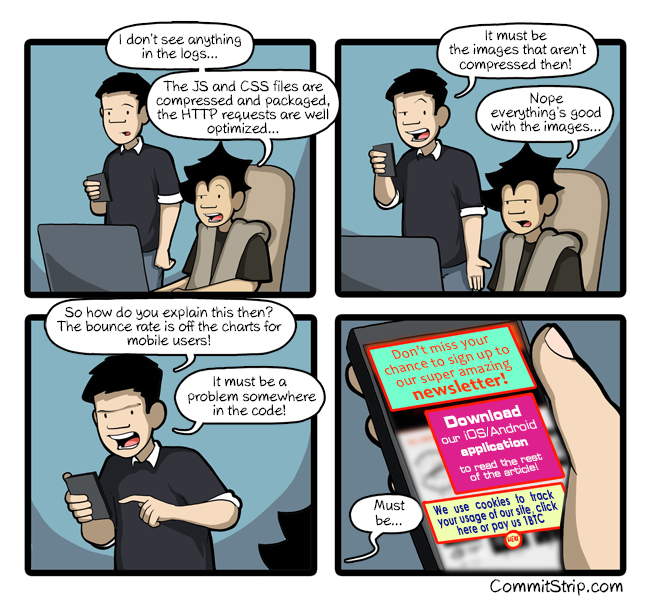The Unihertz Jelly Phone Pro is a unique phone. The company has packed a full Android experience in a package that is 92.3mm x 43mm x 13.3mm. The device features a 2.45-inch 240×432 display, a quad core 1.1GHz processor, 2GB of RAM, 16GB of storage with a microSD card, dual SIM slots, an 8MP autofocus rear camera, a 2MP front-facing camera, and a 950mAh battery. It even has GPS and LTE as well as the mythical headphone jack. Yep, it’s already better than many flagships.
This device isn’t really meant to replace your main phone, according to Unihertz. It’s more of a backup and travel phone. With dual SIM operation and all the features you would expect from a phone, it technically can replace your phone. But there are a few obvious drawbacks to using it.

First up, let’s talk about form factor. The phone is minuscule; it’s made just small enough to fit into the coin pocket on your jeans. It’s round and slippery but fits into your hand surprisingly well. The 2.45-inch display can be a bit small if you have big thumbs but it’s surprisingly usable. Typing is another issue, but carefully pecking out letters is not nearly as bad as you’d think. You also get a removable battery and the three card trays underneath.

The display itself doesn’t look great but it’s not terrible. There’s a bit of light bleeding up top and the colors are pretty washed out and warm. It’s one of those displays that looks inset, from the days before Samsung’s SAMOLED displays popularized the thin glass and slim digitizer approach. Nonetheless, it’s a decent resolution and doesn’t look bad at all. There is no oleophobic coating on the display.
Below the screen you get three buttons: back, home, and recent tasks. This is the same layout we’re all used to, and having physical keys definitely helps when you’ve got such a tiny display (although you can disable them and use an on-screen nav bar if you’d like). The home button doubles as an RGB notification light and it’s ridiculously bright. Probably too bright, actually, but the colors are very pretty and vivid. Above the display is the earpiece which is surprisingly quiet. Phone calls are hard to hear, so using some headphones with the Jelly Pro is a good idea.

On the back, behind the glossy fingerprint magnet plastic, you’ll find a single speaker. It’s a bit tinny and not very loud, but it’s decent.
Overall the build quality is quite good. The rear is flexy but there aren’t creaks or bends that indicate a poorly built phone. Even flexing it JerryRigEverything-style causes no issues.

Software-wise, you’re getting nearly stock Android 7.0 Nougat. It’s great to see an unadulterated build of Android on this device, especially where every bit of performance matters. The launcher is a bit different and there are a few features like the ability to disable the status bar, a battery saving mode, “DuraSpeed” for maintaining current app performance, and a few other settings tweaks. One shocking feature that’s present is split screen; yes, it’s part of stock Android, but I can’t believe it was kept in. Otherwise, it’s the AOSP we know and love, complete with Play Store access.
Being AOSP, it’s shockingly smooth! Animations are generally fluid and pretty. This comes as a huge surprise considering the budget hardware. It’s not fast, but it’s relatively smooth.
App loading times are pretty slow, often taking over a second or more. Performance in apps is a bit stuttery but decent. Using one app at a time is a good experience but loading multiple running apps quickly slows things down. Nonetheless, it remains surprisingly usable for the price and size.

You expect the camera to be terrible, don’t you? I can’t believe I’m saying this, but it isn’t terrible. In fact, it’s downright decent when there is plenty of light outside. The plastic lens distorts a bit, but landscape shots look very decent. There is detail, a surprising amount of sharpness, and bright (but inaccurate) colors.
Once things get dark, the photos become terrible. They’re underexposed, blurry, and grainy.
Jelly Phone Pro sample photos
The battery life is a serious weak point of the device. You’re unlikely to get to the end of the day with the standard battery mode. The optional battery saving modes do help quite a bit, but I still found myself charging the device once or twice a day with light to normal use. Again, it’s not meant to be your daily phone. Its tiny battery will be easily charged by a battery bank, though.
The Unihertz Jelly Phone Pro is not a daily driver. Yet I can’t help but love it. It’s tiny yet fully functional; it should be terrible for the price, but it really isn’t. It even produces decent photos in good light! It’s hard not to pick one up as a backup phone.




 Alfred is the coolest 'dad' ever!
Alfred is the coolest 'dad' ever!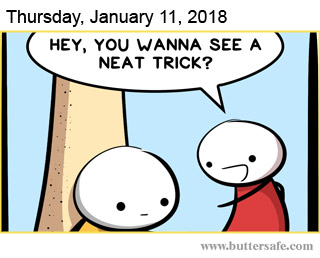




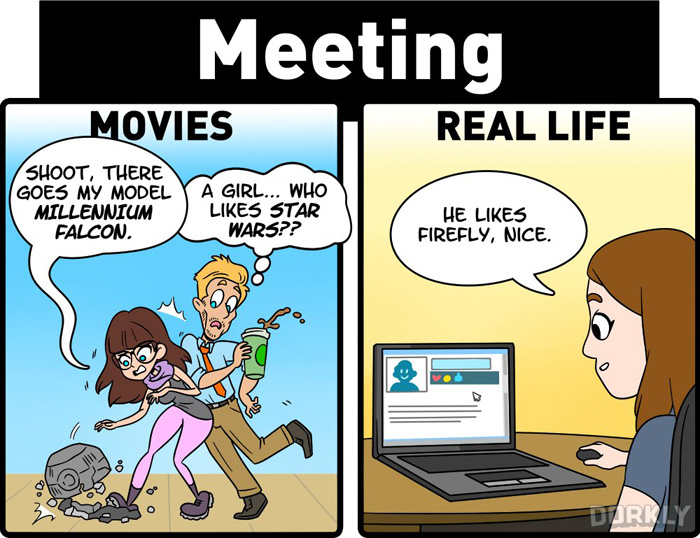
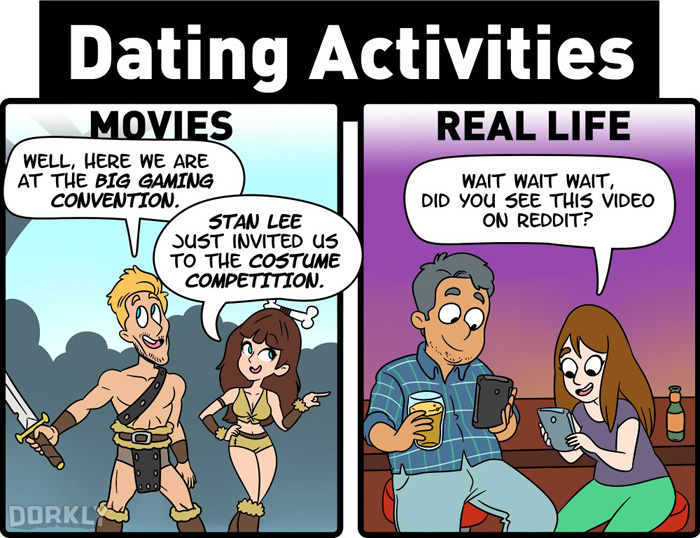
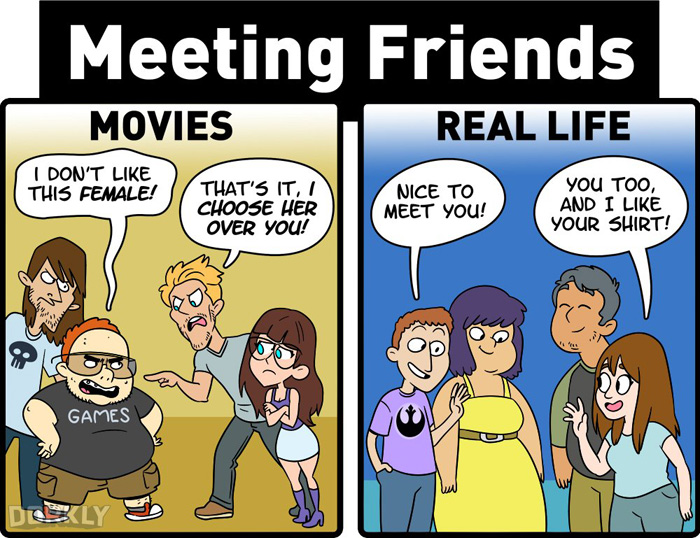

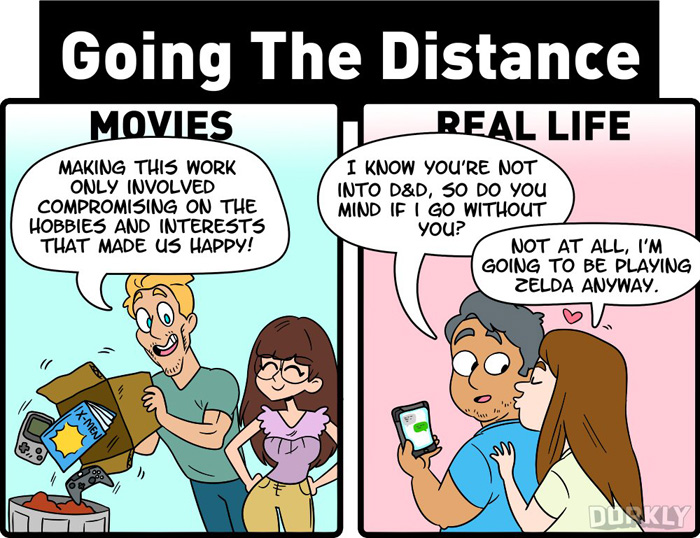
















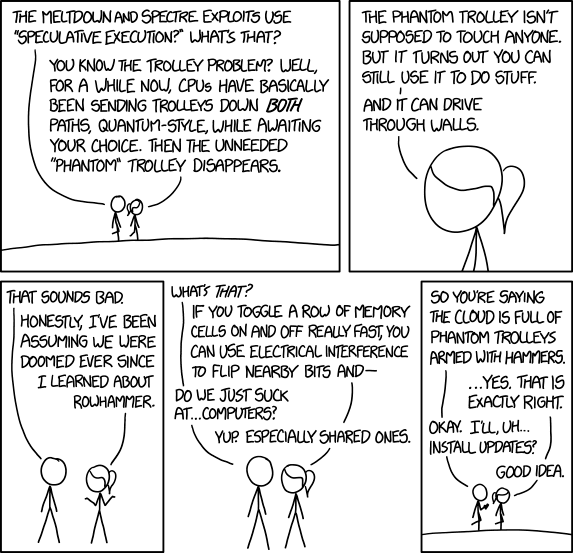
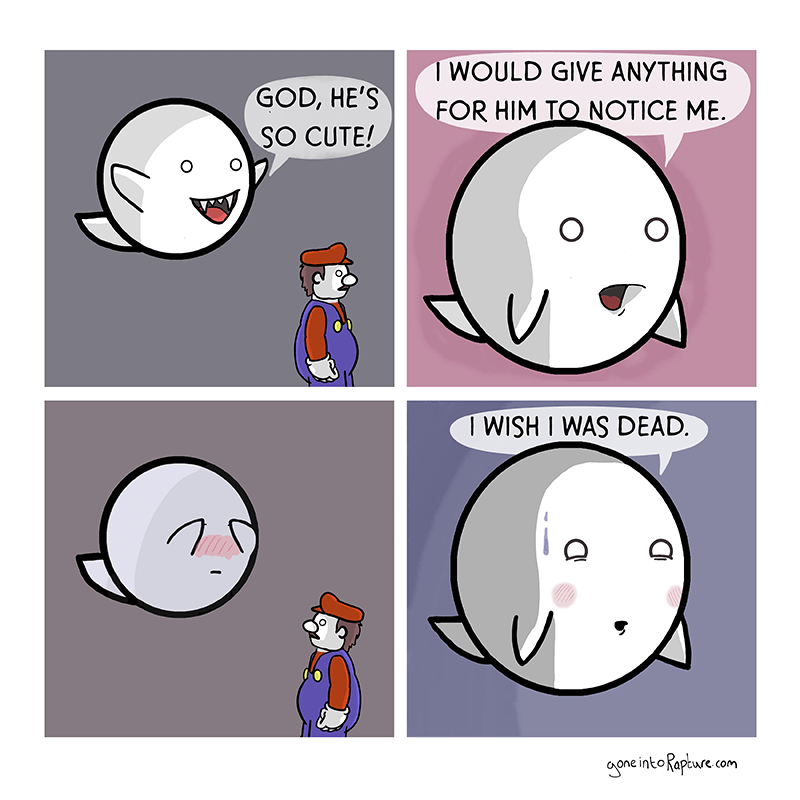 Cute.
Cute.
